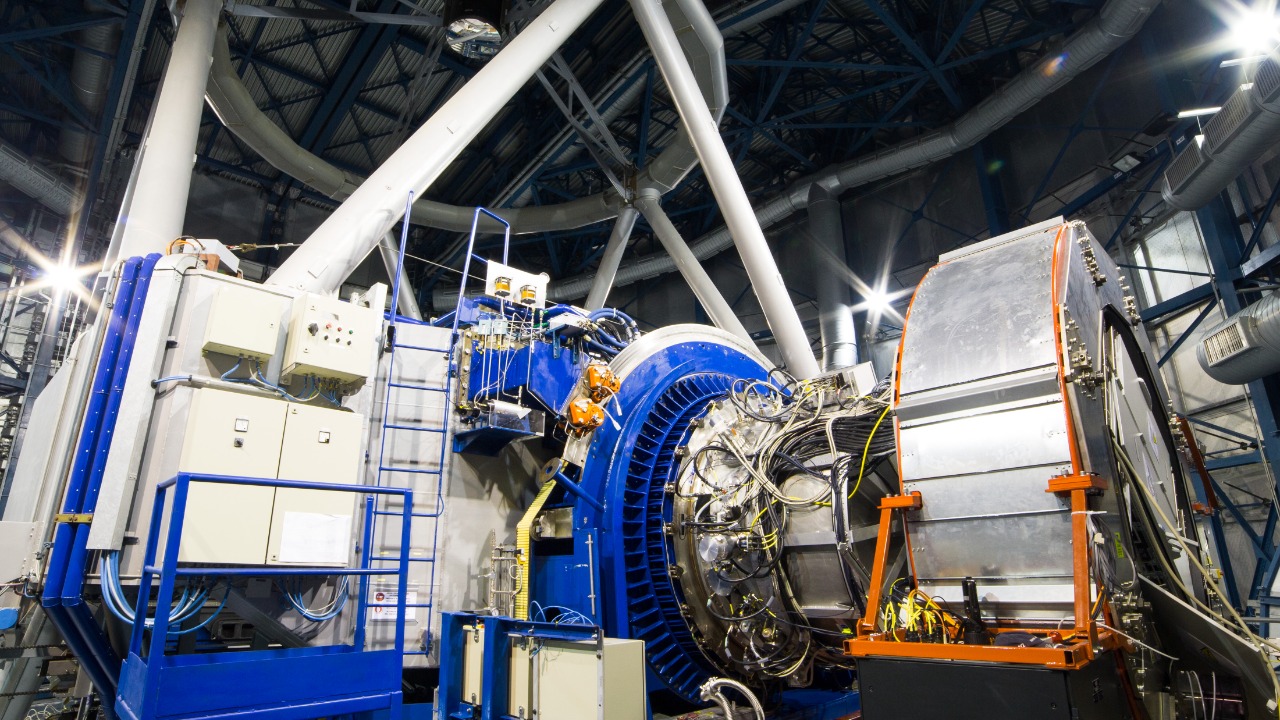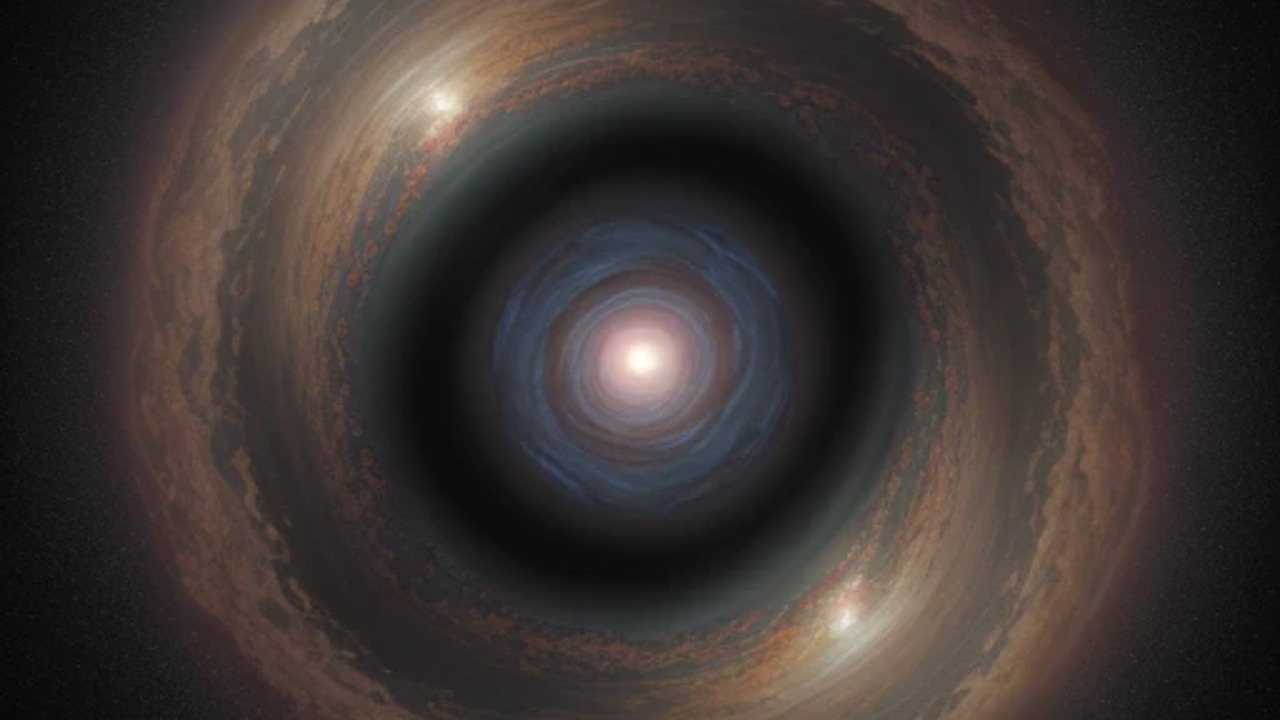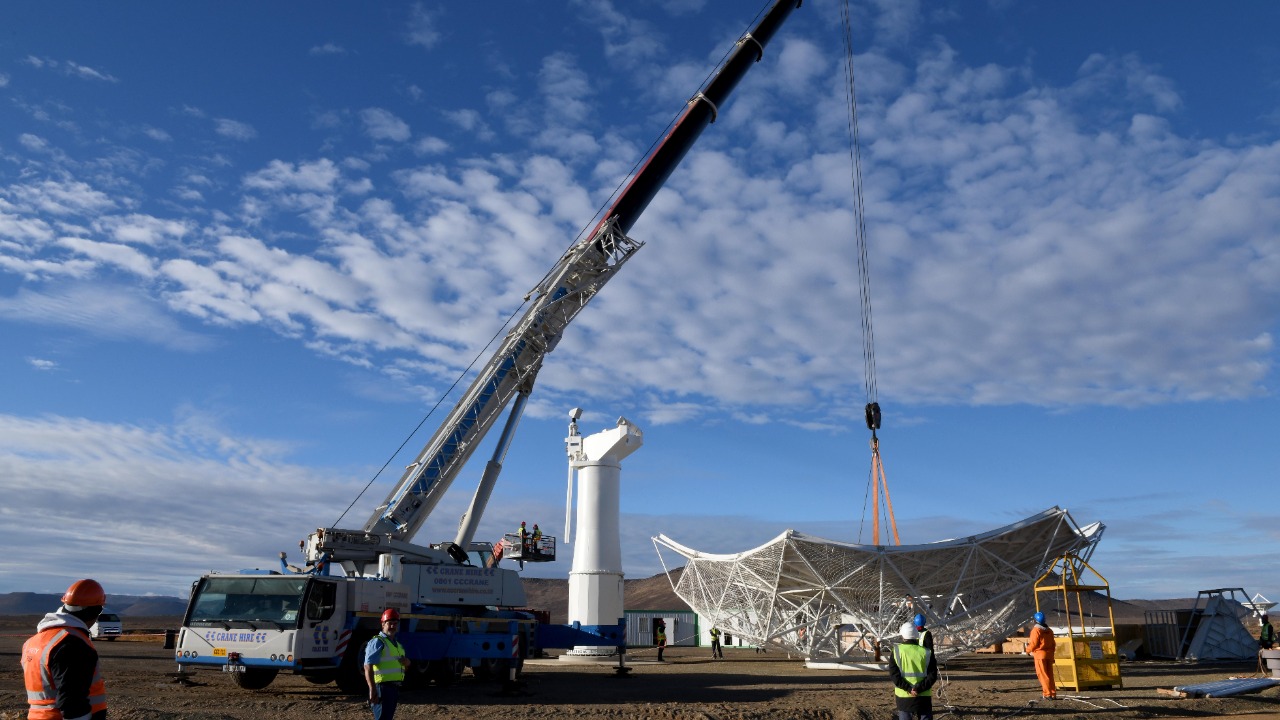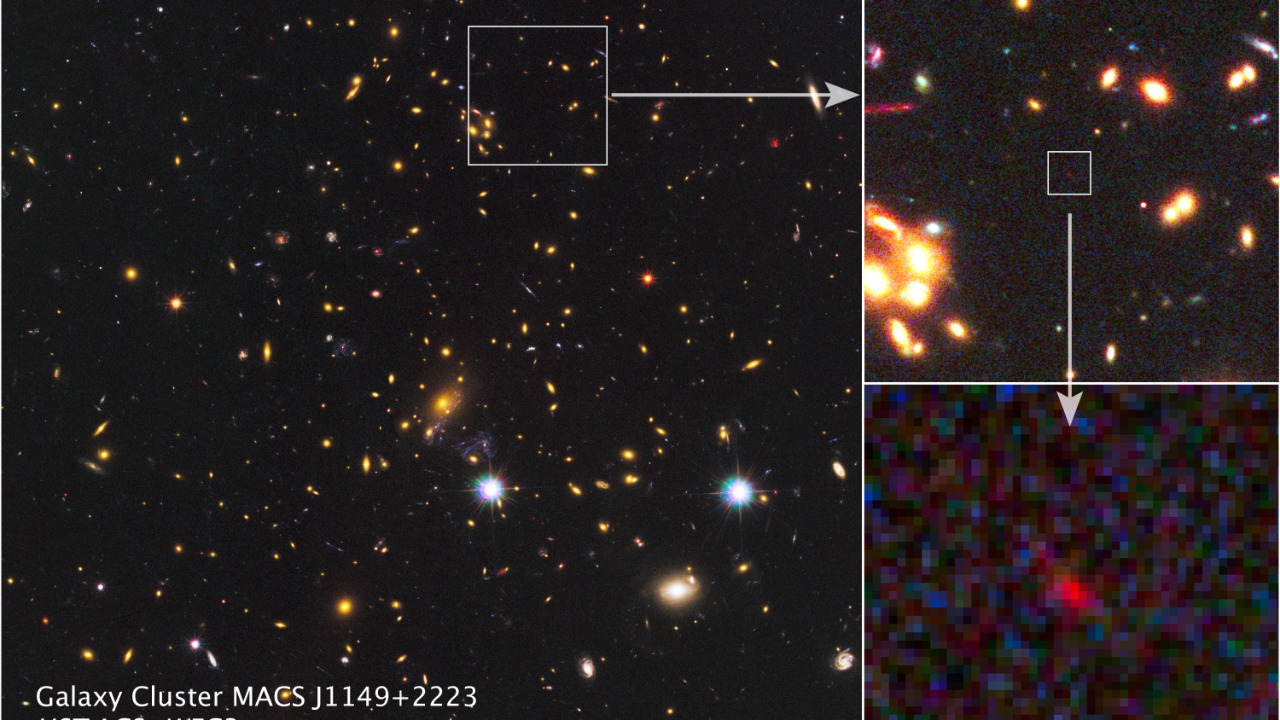
In an astonishing astronomical discovery, researchers have detected oxygen in the most distant known galaxy to date, situated approximately 294 million years after the Big Bang. This finding not only helps us understand the conditions of the early universe but also provides insights into the formation of the first stars and galaxies.
The Remarkable Discovery

The galaxy where this groundbreaking discovery was made is known as MACS1149-JD1, located at a staggering distance of about 13.28 billion light-years from Earth. This incredible distance places it at a time when the universe was a mere 294 million years old. The detection of oxygen in such a faraway galaxy is a testament to the advancements in modern astronomy and our growing understanding of the cosmos.
Astronomers employed a variety of advanced technologies to detect oxygen in MACS1149-JD1. The use of powerful telescopes, such as the Atacama Large Millimeter/submillimeter Array (ALMA) and the Very Large Telescope (VLT), allowed researchers to capture and analyze the faint signals emitted by the galaxy. By examining the spectral lines, they identified the presence of ionized oxygen, marking a significant milestone in the study of distant galaxies.
The significance of finding oxygen in MACS1149-JD1 cannot be overstated. Oxygen is a key indicator of star formation, as it is produced by nuclear fusion in the cores of massive stars. Its presence suggests that this galaxy was already forming stars at a rapid pace, providing valuable insights into the conditions and processes that prevailed in the early universe.
Implications for Understanding the Early Universe

This discovery has profound implications for our understanding of the formation of stars and galaxies in the early universe. The presence of oxygen in MACS1149-JD1 challenges existing theories about the timeline of cosmic evolution. It suggests that star formation and the enrichment of elements like oxygen occurred much earlier than previously believed.
Oxygen, along with other elements, plays a crucial role in the development of the first cosmic structures. These elements are essential for cooling the gas in galaxies, allowing it to collapse and form stars. The detection of oxygen in such a distant galaxy offers a glimpse into the processes that led to the emergence of complex cosmic structures.
Comparing these findings with previous observations of distant galaxies reveals intriguing patterns. While some galaxies from similar epochs show evidence of heavy elements, others lack them entirely. This diversity highlights the complex and varied nature of galaxy formation in the early universe and underscores the need for further research to unravel these mysteries.
Technological Advancements in Astronomy

The detection of oxygen in MACS1149-JD1 would not have been possible without cutting-edge telescopes and instruments. The ALMA and VLT, for example, are equipped with state-of-the-art sensors capable of capturing faint signals from the distant universe. These technologies have revolutionized our ability to observe and analyze galaxies that existed billions of years ago.
Observing and analyzing distant galaxies presents numerous challenges. The vast distances involved mean that the light from these galaxies is incredibly faint, requiring highly sensitive detectors to capture it. Additionally, the expansion of the universe causes spectral lines to shift, complicating the analysis. However, by employing sophisticated techniques and tools, astronomers have managed to overcome these obstacles and push the boundaries of our knowledge.
Looking ahead, future technologies and missions promise to further enhance our understanding of the early universe. Projects like the James Webb Space Telescope (JWST) and the Square Kilometre Array (SKA) are poised to provide unprecedented insights into the cosmos. These advancements will undoubtedly lead to more discoveries and a deeper comprehension of our cosmic origins.
Theoretical Models and Simulations

The discovery of oxygen in MACS1149-JD1 fits into current theoretical models of galaxy formation and evolution, but it also raises new questions. Existing models suggest that the first galaxies formed from primordial gas clouds, gradually becoming enriched with elements like oxygen through successive generations of star formation. The findings from MACS1149-JD1 align with this view but indicate an earlier onset of these processes.
Simulations of the early universe provide valuable insights into the formation of galaxies and the distribution of elements. By comparing the observed data with theoretical models, researchers can refine their understanding of the mechanisms driving cosmic evolution. The discovery of oxygen in a distant galaxy serves as a critical data point for testing and improving these models.
As new discoveries continue to emerge, theoretical models may require updates or adjustments to account for unexpected findings. The presence of oxygen in MACS1149-JD1 suggests that some aspects of galaxy formation may occur more rapidly than previously thought. This realization will likely spur further research and refinements in our understanding of the universe’s early history.
Broader Implications for Cosmology

The detection of oxygen in the most distant known galaxy has far-reaching implications for cosmology. It enhances our understanding of cosmic history and the timeline of events that shaped the universe. By shedding light on the conditions of the early universe, this discovery helps paint a more complete picture of our cosmic origins.
Furthermore, the presence of oxygen and other elements in distant galaxies has implications for the search for life and habitable conditions in the universe. Oxygen is a key component of life as we know it, and its early presence suggests that the building blocks of life may have been more widespread than previously thought. This realization fuels the ongoing search for extraterrestrial life and habitable environments beyond our solar system.
The discovery of oxygen in MACS1149-JD1 serves as a powerful inspiration for future research and exploration in cosmology. It highlights the importance of continued investments in advanced technologies and collaborative efforts to unravel the mysteries of the universe. As we venture further into the cosmos, each new discovery brings us closer to understanding our place in the vast expanse of space and time.